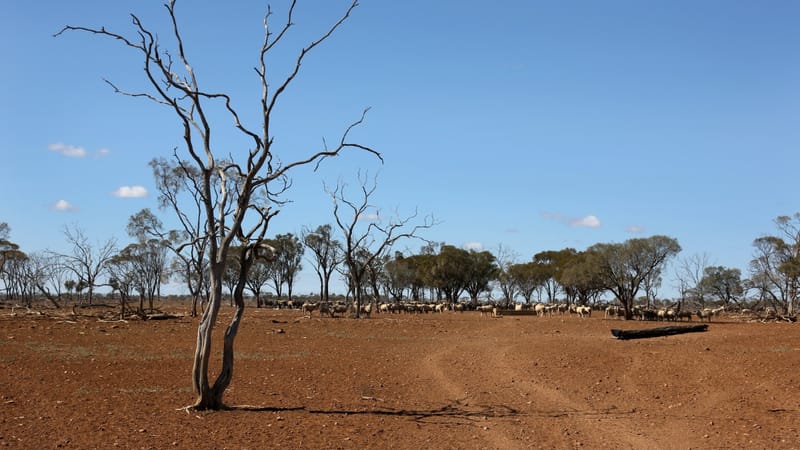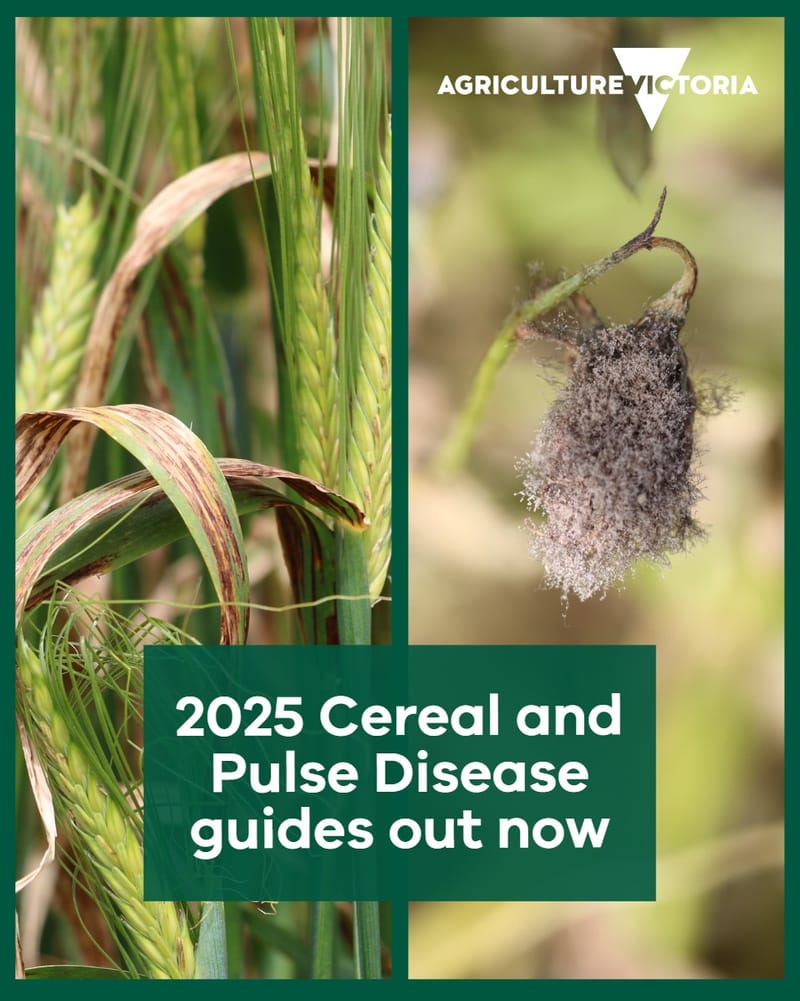Changing mindsets through regenerative farming
LOCATED just outside Kapunda, Gilberdale is applying regenerative agricultural practices to offer high quality lamb products to the region. Brenton Karger and Sharlene Sampson-Karger purchased the 57-hectare property about 18 months ago, and...

LOCATED just outside Kapunda, Gilberdale is applying regenerative agricultural practices to offer high quality lamb products to the region.
Brenton Karger and Sharlene Sampson-Karger purchased the 57-hectare property about 18 months ago, and immediately put an emphasis on regenerative processes and Australian White lambs.
For the couple, their main focus since taking over the farm has been all about the soil.
Brenton said the plants and weeds that grow in the soil help them to understand what the soil needs.
“Rather than how can I spray that weed to kill it, how can I feed that weed that well that it doesn’t need to do that job,” he said.
“Each weed will tell you what the soil is lacking,” Sharlene added.
“So if you’ve got a heap of soursobs, it’s calcium deficient and you don’t have enough so they’re trying to bring calcium up to the surface level.
“Therefore, if you put more calcium out, the soursob goes ‘I don’t need to do this job anymore’ and it will go away by itself.”
They have stopped using glyphosate and started making their own biofertilisers to go into the soil.
Their foliar nutrition of the soil includes consumable ingredients that are often found in the home, including Epsom salts, molasses, wood vinegar, among others, that helps add to the flavour of the meat.
“By putting something that we’re able to consume directly, if the sheep’s consuming that as they go along and eat all the grass… it then goes into the meat and that’s going to make it better,” Sharlene said.
With better tasting meat through their regenerative practices, they have been able to convert some people who don’t normally eat lamb.
As a ‘paddock to plate’ business, the couple has also recently gained approval to create an on-farm butcher shop.
This will allow them to do the cutting and packaging themselves, which will help them tailor their orders to each customer and cut out the ‘middle men’.
“Even with your middle men, rather than it being a competition, have it be a collaboration,” Brenton said.
“Work out a system and a collaboration… because we’re doing the sheep, we want to bring on somebody to do the beef, somebody to do the pork, and get some diversity happening around the area.”
Regenerative agriculture is not anything new, but Brenton said modern technology has allowed the process to be improved immensely.
With chemical bills increasing and reports of glyphosate being unsafe for users, Sharlene added there is some renewed interest within the farming community.
“I think there’s a bit of a renewed interest from our generation that are actually now looking at it going, ‘is that the best choice we can make, what else is available’,” she said.
These principles do come with some challenges, the major being a change of mindset for some farmers.
“There’s an easy road and then there’s the right road and they don’t always line up,” Brenton said.
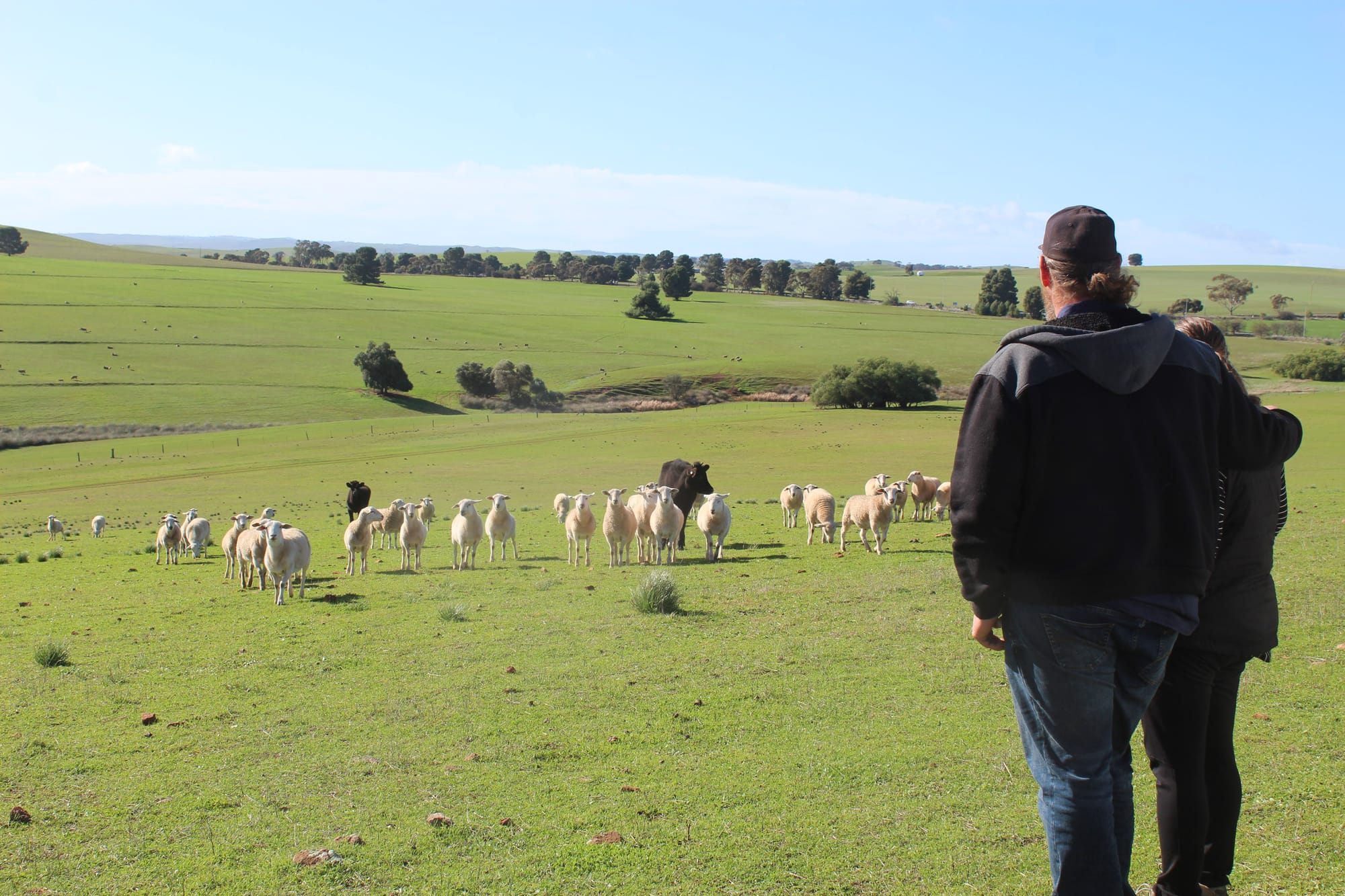
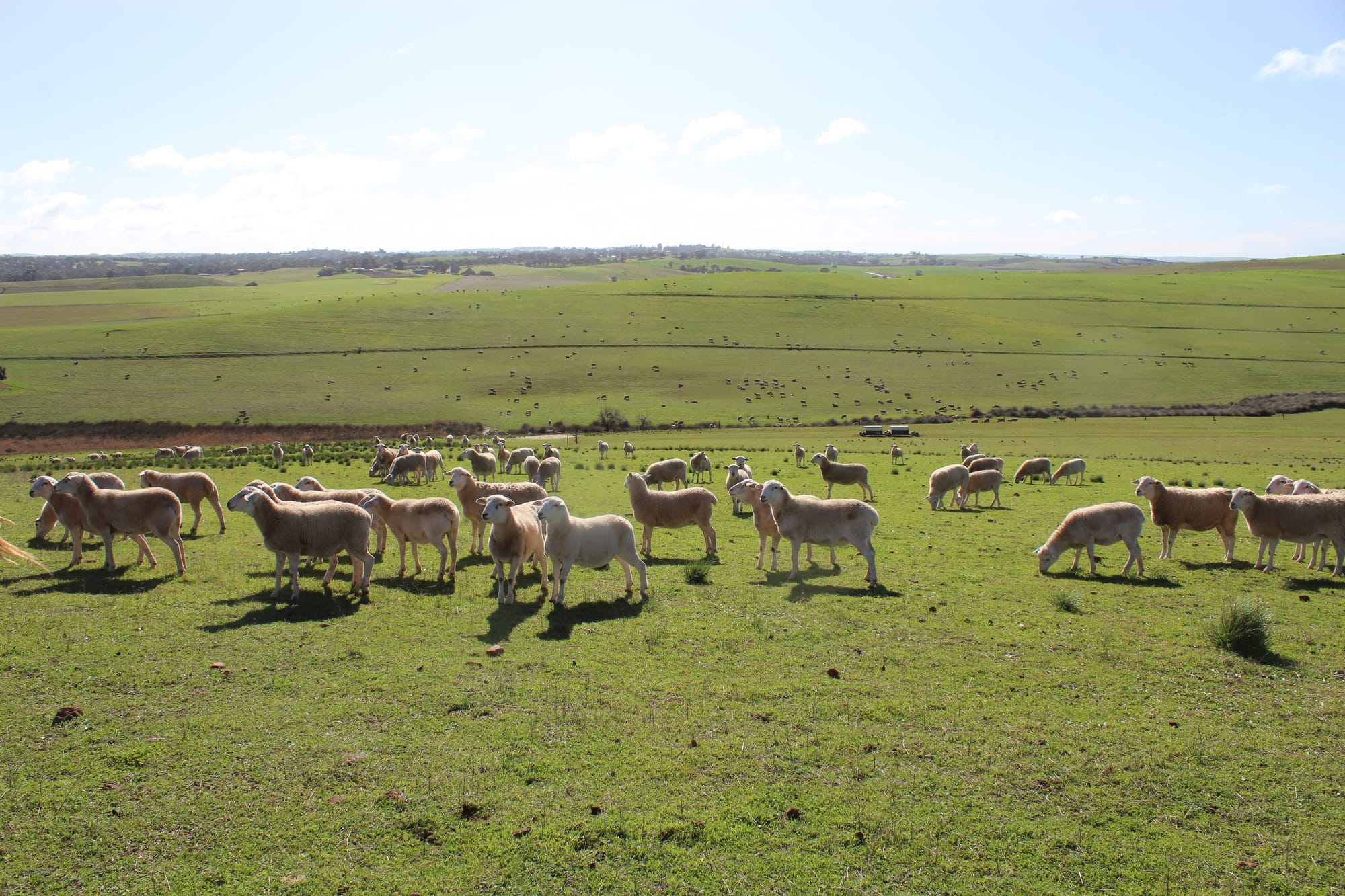
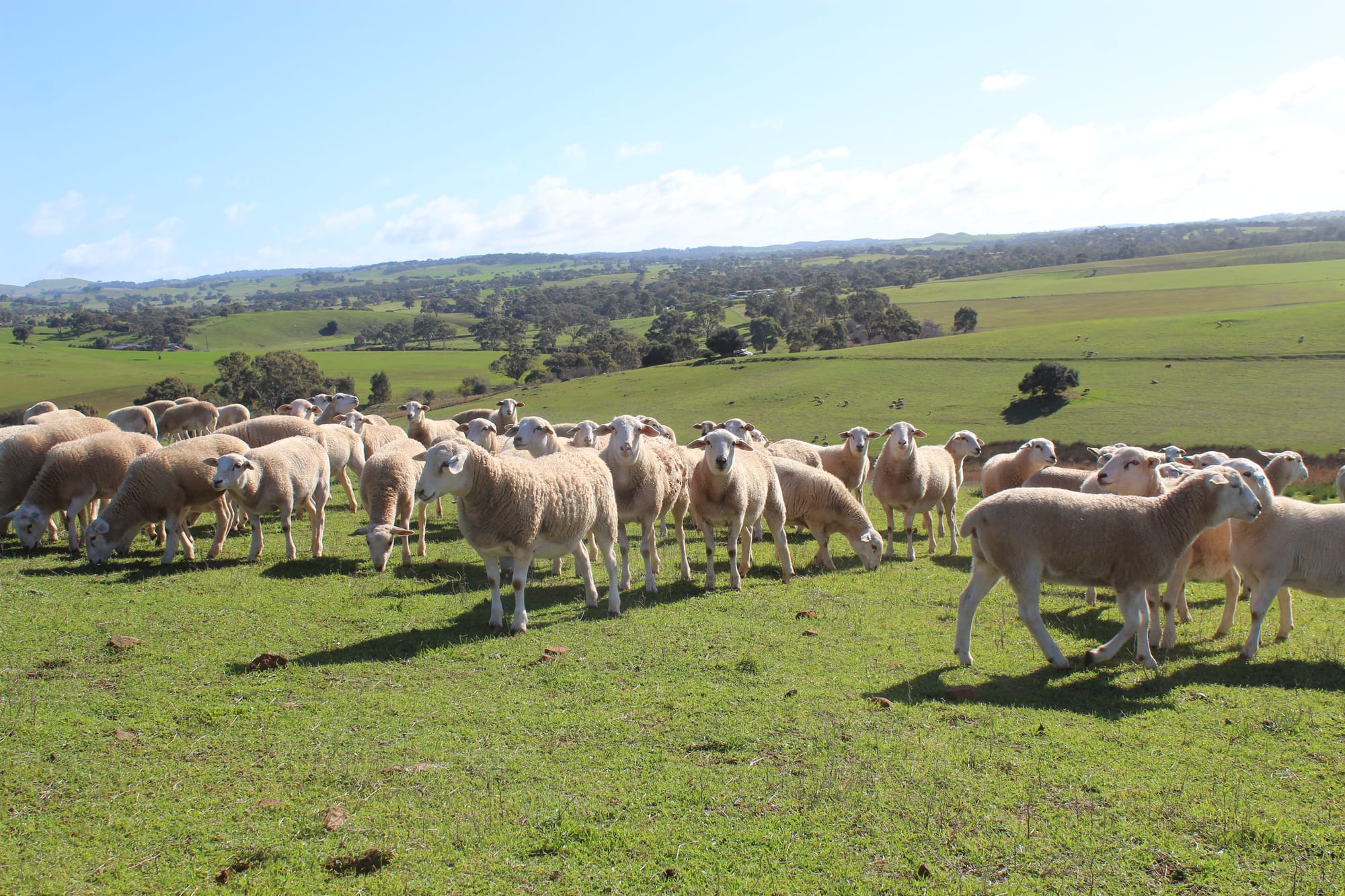
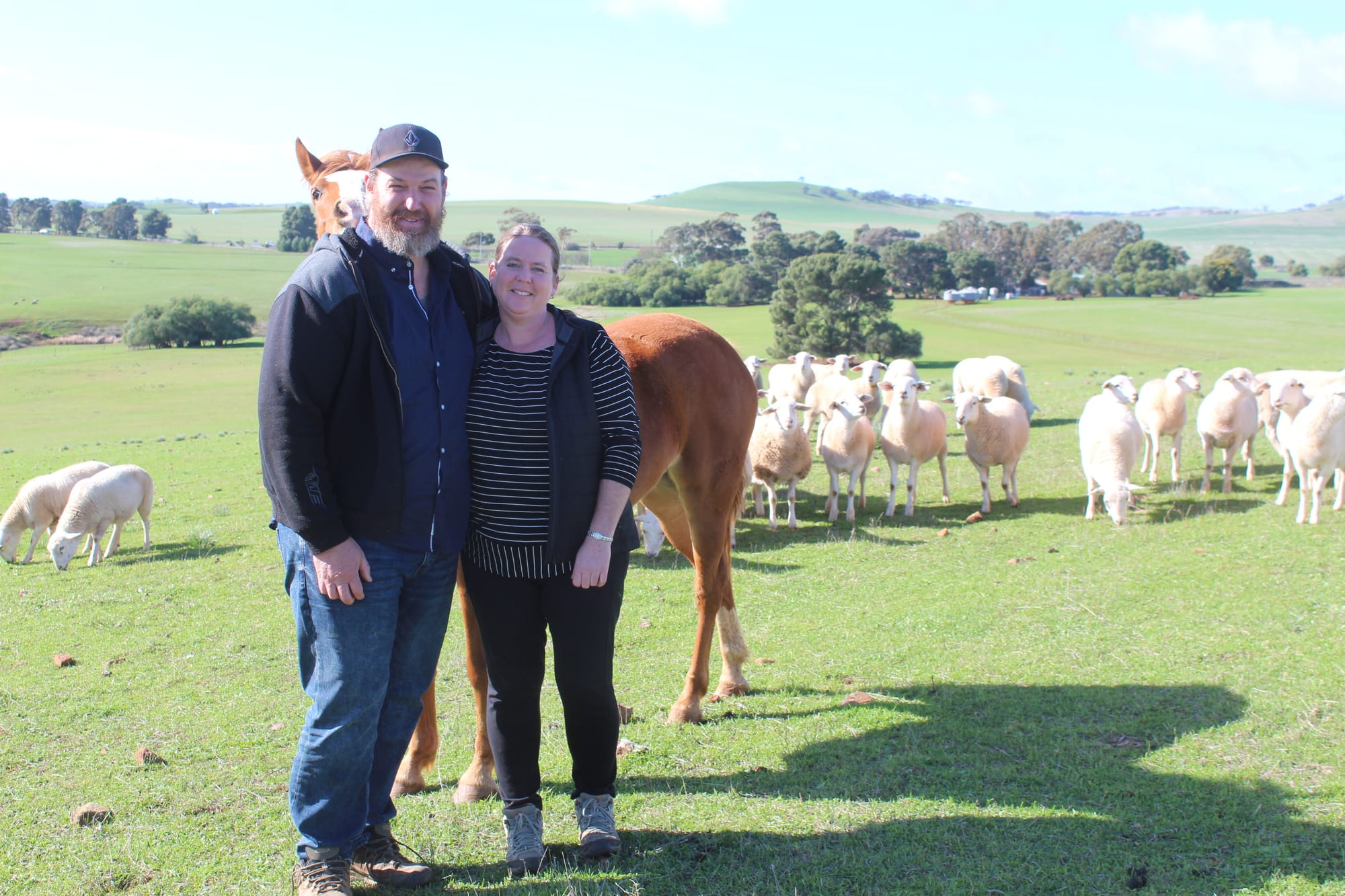
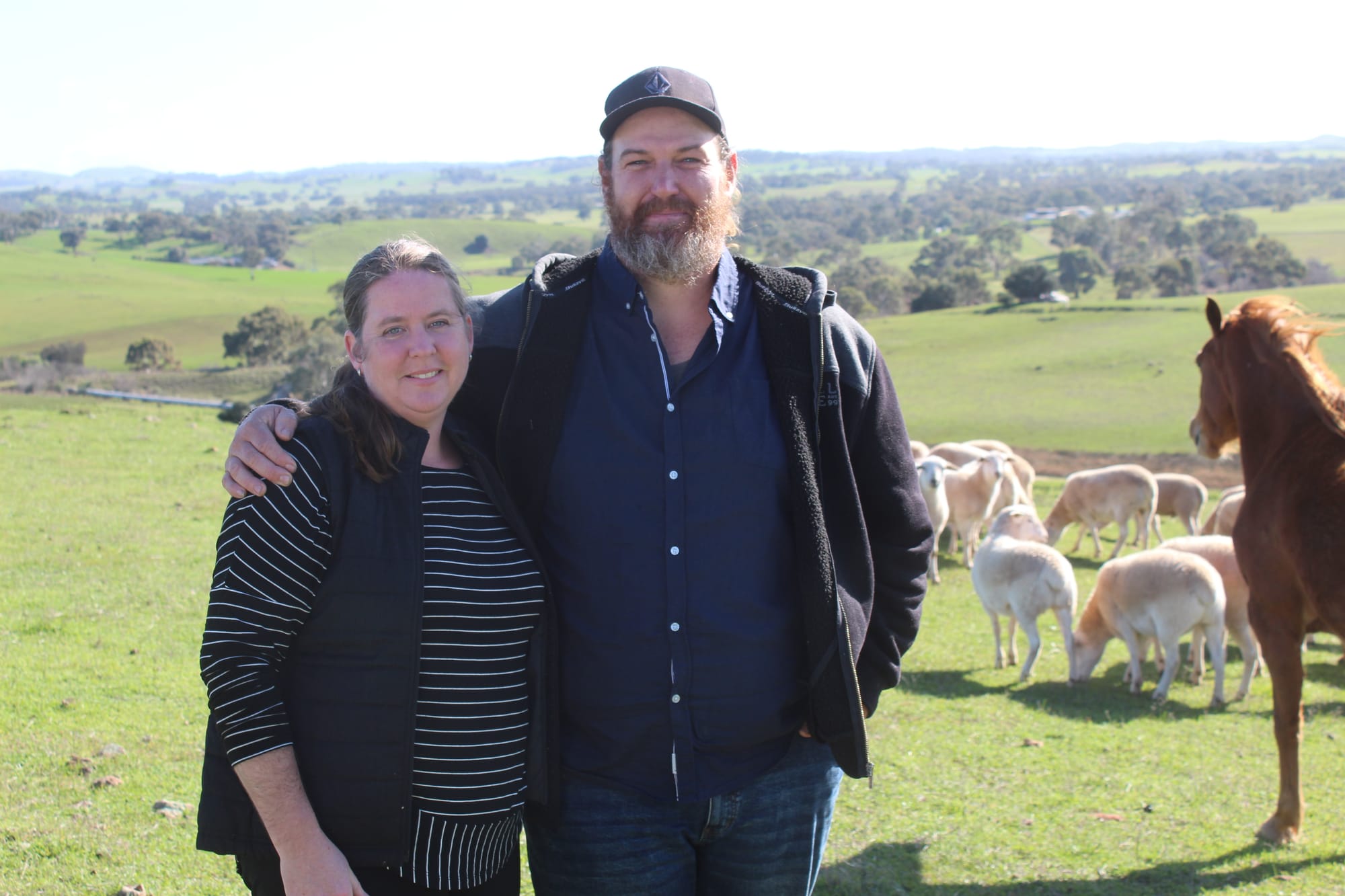
With regenerative farming, the input expenses are typically lower, and while the output might not be as high compared to other methods, the difference between the two can be greater, but there are still learning curves.
“We’ve had absolute failures and we’ve had absolute successes, so no different to any other farmer,” Brenton said.
“There’s two catalysts for change, one is opportunity and one is desperation… and most people doing regenerative ag are on one of those two.
“We treated buying here as an opportunity to really make a change.
“Every industry is thinking a mindset similar to regenerative ag, it’s just that agriculture touches so many people every day that we’ve kind of been thrown into the front line.
“I think that’s the main focus of regenerative ag is a change of mindset and it’s not easy… because one paddock could be perfect, the next paddock not so.
“You’ve got to phase one out to phase another in. If you try and do it too rapidly, you’ll end up with crashes in the system.”
Those challenges come with enjoyment for Brenton and Sharlene, however, as every day brings a new learning opportunity.
Sharlene said it has forced them to become more creative.
“I never looked at biofertilisers before so I’ve done a couple of courses on them, how do I do it, where do I start, and the equipment for it is as simple as can be,” she said.
“Then you tweak it depending on what it is you need, so if you need more calcium or magnesium, then you put those nutrients or elements in.”
With their on-farm butcher hoping to be open by the end of the year, there are also plans to alter the fencing on the property.
The current setup includes four large paddocks, but Sharlene said they want to turn that into 12, which would allow the sheep to shift around more regularly and receive fresh feeds.
“A big bonus of doing something like that is because they’re always getting fresh grass and nutrients, they’re not putting their waste out where they’re eating, which is where you get all your worms and parasites and everything like that,” she said.
“So if you’re giving them fresh grass, the worms and parasites die out, therefore you don’t have to put more chemicals into the sheep, which again, we’re eating.”
“What we’re trying to set up here is a bit of a trial,” Brenton added.
“This is what happens if you fence on a ridgeline, this is what happens if you fence on a contour, this is what happens if you fence on a downward slope.
“Then we can see what’s happening and other people can come and have a look… see what they can take from here to go and implement it somewhere else.
“For us, it’s not about being the best or the top of the line or the top of the food chain, it’s about getting the food chain cleaned up.”
Surrounded by a great team of other farmers and agronomists around them, help is never far away, and it always comes back to the soil.
“Your plants won’t grow fantastic unless you’ve got the soil right, your sheep won’t do fantastic until the plants are right, and until the soil is right,” Sharlene said.




